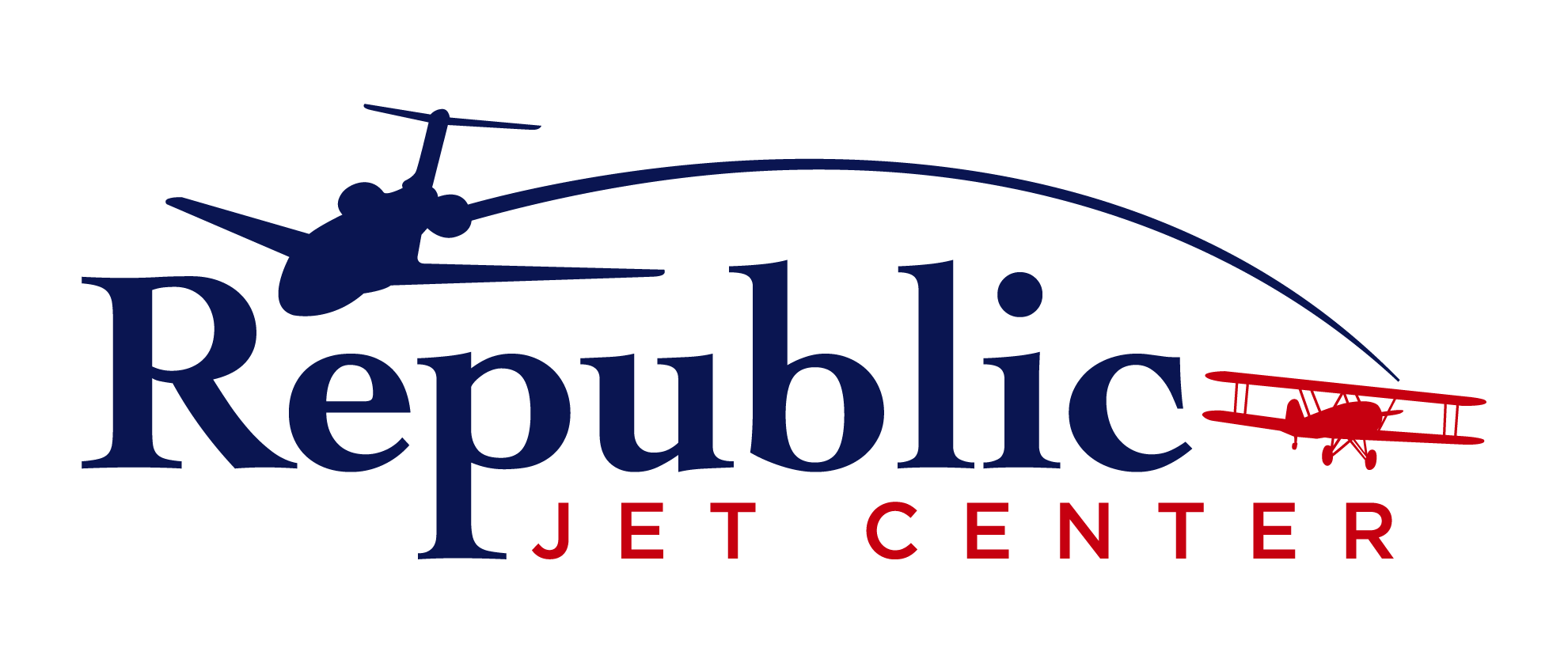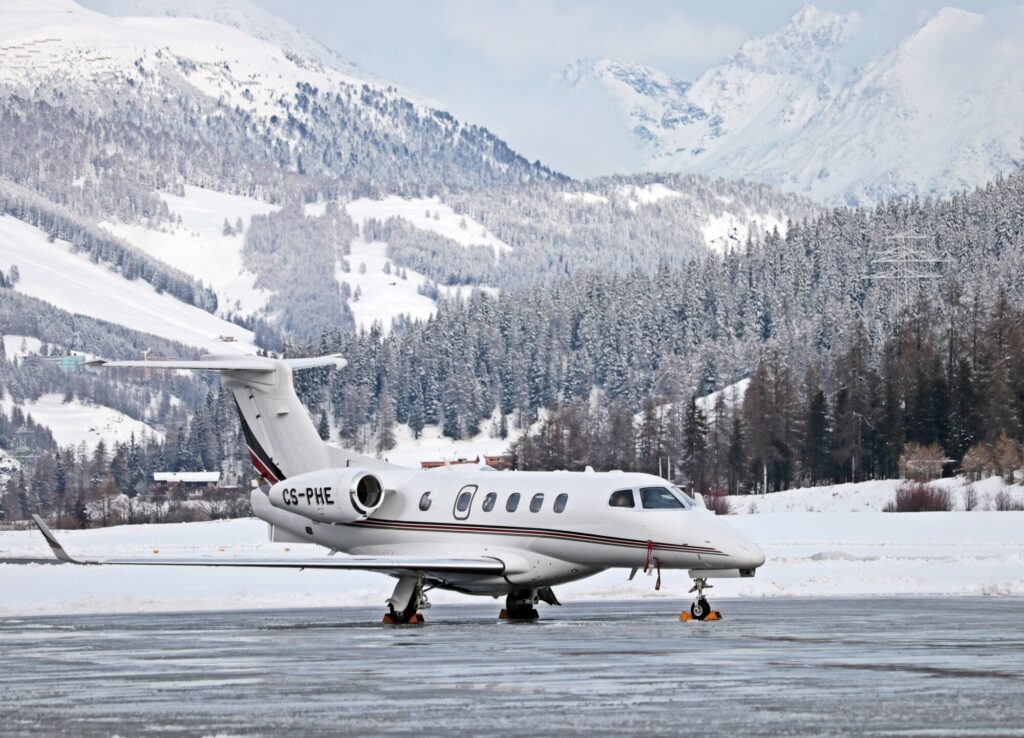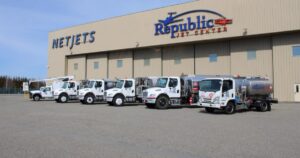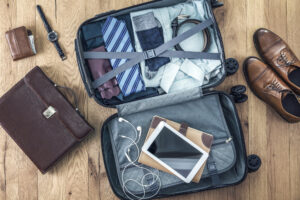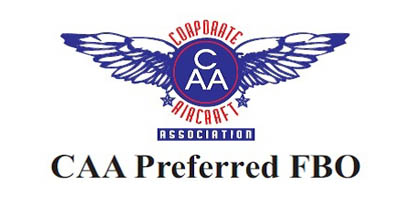Are Private Jets Safe?
Are private jets safe is a question many private fliers ask themselves. If you’re wondering the same, learn how private jets are actually safer than commercial.
According to the U.S. Department of Transport, over 370,000 people died in travel-related incidents in the last decade. Of these, just 1% were traveling in an airplane at the time.
From the above, there’s no doubt air travel is much safer than most other ways to get around, and many travelers enjoy hundreds of hours of incident-free flights onboard commercial jets in their lifetimes.
Now that private flights are becoming more popular, you might find yourself tempted to try this mode of travel, provided you can answer one question, i.e., “Are private jets safe, too?”
Keep reading to find out how charter flights are even safer than commercial ones.
1. Private Jet Safety Checks
Like with commercial carriers, the FAA has strict checks and measures in place to keep private air travelers safe.
All charter operators must undergo thorough certification and approval processes to offer their services to the public. Plus, every aircraft is subject to stringent, ongoing safety checks and maintenance requirements.
These include:
- Major maintenance every six years
- A complete overhaul of landing gear every 5,000 hours
- Full inspection every 1,200 to 2,400 hours
- Ongoing monitoring of turbine engines
- 200 to 800-hour interval inspections of smaller parts
It’s easier for private jet maintenance crews to stay on top of these myriad tasks thanks to the smaller size of the planes, plus they get extra help from the latest technologies.
Enhanced Technology for Added Safety
The average commercial aircraft is around 20 years old, and simply can’t compete with the advanced technologies available on modern, newer models of private jets. It’s much easier, faster, and cheaper to update or replace technology on smaller jets.
Some of the newest innovations include:
- Robotic communications
- Virtual reality
- Internet of Things for ‘Smarter’ planes
- Cabin pressure sensors
- Automatic Data Surveillance Broadcasting
- Windowless planes
- Wearable technology for routine checks
- Optimized thrust profiles for enhanced performance
- Airframe parachute systems
- Emergency autoland for passengers
This rigorous regimen of upgrades, maintenance, and repairs eliminates the possibility of engine failure or other serious issues and ensures private jets’ safe operation both on the ground and in the air.
2. Are Private Jets Safer for Health and Security?
The pandemic might be over, but we’ve all learned our lesson when it comes to the role that international travel played in spreading this scourge.
Space is No Issue When Flying Private
Studies show that social distancing between people reduces influenza transmissibility by as much as 85%.
So, while HEPA filters play a vital role in preventing the spread of disease, it’s simply a bad idea to confine oneself in a small space with hundreds of other passengers nowadays.
The CDC has identified at least six other diseases which can go undetected until passengers arrive home after their flights. In the meantime, there’s a chance they’ve infected everyone they’ve come into contact with.
When you fly private, you choose your traveling partners. Usually, you’ll be sharing a cabin with people you already spend time with, such as family, friends, or business associates. This eliminates any worries about transmissible diseases.
Likewise, private jet companies have fewer employees to keep tabs on, and they conduct strict testing policies for COVID and other diseases to ensure their passengers stay safe from infection. In some cases, charter companies may restrict commercial travel for their personnel to prevent them from picking up transmissible diseases.
It’s much more difficult and time-consuming to clean a commercial airplane to the same standard as a small private jet, especially when one considers the fast turnaround times on commercial flights.
You Can Share a Charter Flight Safely
If you choose one of the cheaper charter jet options, like sharing a flight with other passengers, or booking an empty leg flight, you’re safe, too.
Having fewer people on board not only greatly reduces the risk of cross-infection, but also makes it easier for aircraft personnel to thoroughly decontaminate or sanitize the aircraft before you board.
It’s easier to keep a smaller jet clean and sanitized, and the smaller surface area means jet owners can afford the most up-to-date, thorough, and expensive cleaning methods available.
Every passenger and crew member on a charter flight undergoes strict health checks according to the latest health and safety standards for travel. This includes any current preventive measures against influenza outbreaks.
When you’re traveling in a large crowd, you’re exposed to people from across the country and the world, which increases your risk tenfold compared to the intimate privacy of a private flight.
3. Personalized Services Enhance Safety and Security
The intimate nature of charter flights contributes to the safety of private jet travel.
On a private flight, one cabin attendant only has a few passengers to cater to. That means you’ll enjoy personalized service concerning every aspect of your flight.
If you have ongoing health issues, a private flight ensures you’re cared for along the way, with unlimited access to conveniences and comfort during your travels. You can stretch your legs, visit the bathroom whenever you want to, and eat what when you like.
When you travel on a commercial flight, you must stick to the confines of your seat and a predetermined schedule. This can greatly enhance your comfort and well-being on a long flight, especially if you charter a plane with sleeping and reclining areas.
Your crew ensures your comfort and peace of mind throughout your flight, so you know help is at hand if you ever need it.
You Have No Security Worries With Private Flights
Commercial flights have a much higher ratio of passengers to crew members, which means you might experience rowdy or unsafe behavior onboard.
Although security measures have increased tenfold since then, nobody will ever forget how nameless, faceless forces managed to hijack three commercial flights in 2001. One can’t help wondering if the same could happen again.
On a smaller scale, private flights protect high-profile travelers from unwanted attention, ensuring their travels proceed unhindered and without incident.
If you do opt to share a flight with strangers, charter companies compile a detailed passenger manifesto for shared flights. All passengers must present valid identification before they arrive and at check-in.
4. Private Terminals for Better, Safer Travels
When you book a private flight, your journey starts and ends at a private terminal, where you’ll often have the entire place to yourself the whole time you’re there.
During a typical commercial flight, you’ll come into contact with at least 600 people at the airport alone. Even business and first-class flyers will come across over 100 other passengers as they make their way through check-in, baggage collection, and immigration.
The highly secure, yet tedious, processes that occur at the airport mean long queues that only increase potential contact with strangers. These time-consuming procedures can affect the health of elderly, injured, or ill passengers that struggle with standing for a long time.
Even if you manage to avoid other people at the counters and in the queues, nobody is sanitizing every inch of space at the airport as you pass through.
When you arrive for your private flight, there are no lines and long-winded security checks involved. You simply hand over your bags and board the plane within about 15 minutes of arrival.
In most cases, the charter company will complete all necessary security checks before you arrive and a short cursory check on arrival. You don’t need to take off your shoes, and you don’t need to separate liquids or carry limited quantities.
In many cases, your hosts will even drive you across the tarmac to the door of your jet. In this case, you’ll barely see another soul, never mind come within dangerous proximity of them.
It’s fast and easy for charter service personnel to complete the necessary security checks. Once they’ve verified your ID, you’ll be onboard and on your way as quick as a flash.
More Safety Options With Private Flights
Due to their small size, private jets can operate from much smaller airports, so you needn’t venture anywhere near a major airport, or even a crowded city when you fly private. In this way, you can avoid the risks involved with road transport in these congested areas.
By the same token, private jets have a lot more options if they need to make an emergency landing. They can land at any airport, anywhere in the country, if need be.
Extremely small planes only need to find a local grass airstrip to touch down on in an emergency.
Ground procedures are a great safety perk, but are charter jets safer in the air?
5. Air Travel Is Safer on Charter Flights
It only makes sense that the less time you spend in the air, the fewer things can go wrong. Private jets connect hundreds of cities across the country. Making it much easier to choose the shortest, fastest route from A to B.
You needn’t worry about costly, time-consuming layovers when you fly private, either. Every flight is a direct flight and if you do stop to refuel the plane, this is a private experience.
Apart from the variety of routes available, private jets fly faster than commercial airliners do. They’re smaller and lighter, so they can take off, ascend, descend, and land much faster than their larger counterparts.
High Flying
Another aspect that makes private jets a speedier option is that they fly at a higher altitude than commercial jets do. In this clear space, where there are few other aircraft to take up space, they can fly much faster and take a more direct route to your destination.
Arriving in good time for your meetings or appointments saves you the stress of running late. It also reduces the risk of enduring the inevitable accidents that result from rushing.
Whatever the Weather
Extreme weather poses a great risk for both commercial and private flights.
In most cases, private jets fly high above the clouds, eliminating the risk of lightning strikes, hail damage, and heavy rain. Airplanes also experience less turbulence at higher altitudes.
Private jets can alter their flight plans more easily to avoid inclement weather during the trip, while commercial airlines might have to wait out the storm before departing.
Some of the most popular light jets, like the Embraer Phenom 300E, can ascend to 45,000 ft. Most commercial planes fly at 33,000 to 38,000 ft.
Charter jets are a little more vulnerable to moving about in high winds. Yet, they can easily avoid the majority of bad weather thanks to their exceptional maneuverability and superior performance.
If they can’t escape the weather, private jets can descend swiftly out of harm’s way and land safely at the nearest airstrip.
Top-Class Pilots
Regardless of whether you choose a commercial or private flight, you’re assured there’s a highly trained individual at the helm.
While all pilots undergo extensive in-flight and ongoing testing, private charter companies can afford to hire the most experienced pilots for their planes.
Explore the Benefits of Private Air Travel
There’s no shortage of good reasons to enjoy private travel, and now your mind is at ease about, the question “Are private jets safe?”, you’ve got every excuse to book your next exclusive trip, soon.
You simply can’t beat the convenience, extra safety, and time savings offered by this modern, safe, and elite way to travel. You can browse our blog for more information on this topic.
If you own a private jet, or you’re considering buying one, get in touch. We can assist with all your charter jet storage and maintenance needs, as well as aircraft sales
